
How to Use Current Sensor 0-30A ACS712 : Examples, Pinouts, and Specs
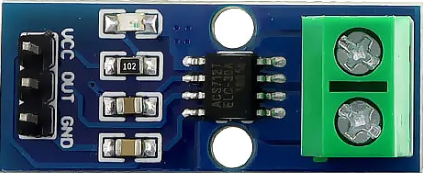
 Design with Current Sensor 0-30A ACS712 in Cirkit Designer
Design with Current Sensor 0-30A ACS712 in Cirkit DesignerIntroduction
The ACS712 is a Hall effect-based current sensor capable of measuring both AC and DC currents up to ±30A. It outputs an analog voltage proportional to the current flowing through it, allowing for precise current monitoring. The sensor is compact, easy to use, and widely employed in applications such as power monitoring, motor control, battery management, and overcurrent protection systems.
Explore Projects Built with Current Sensor 0-30A ACS712
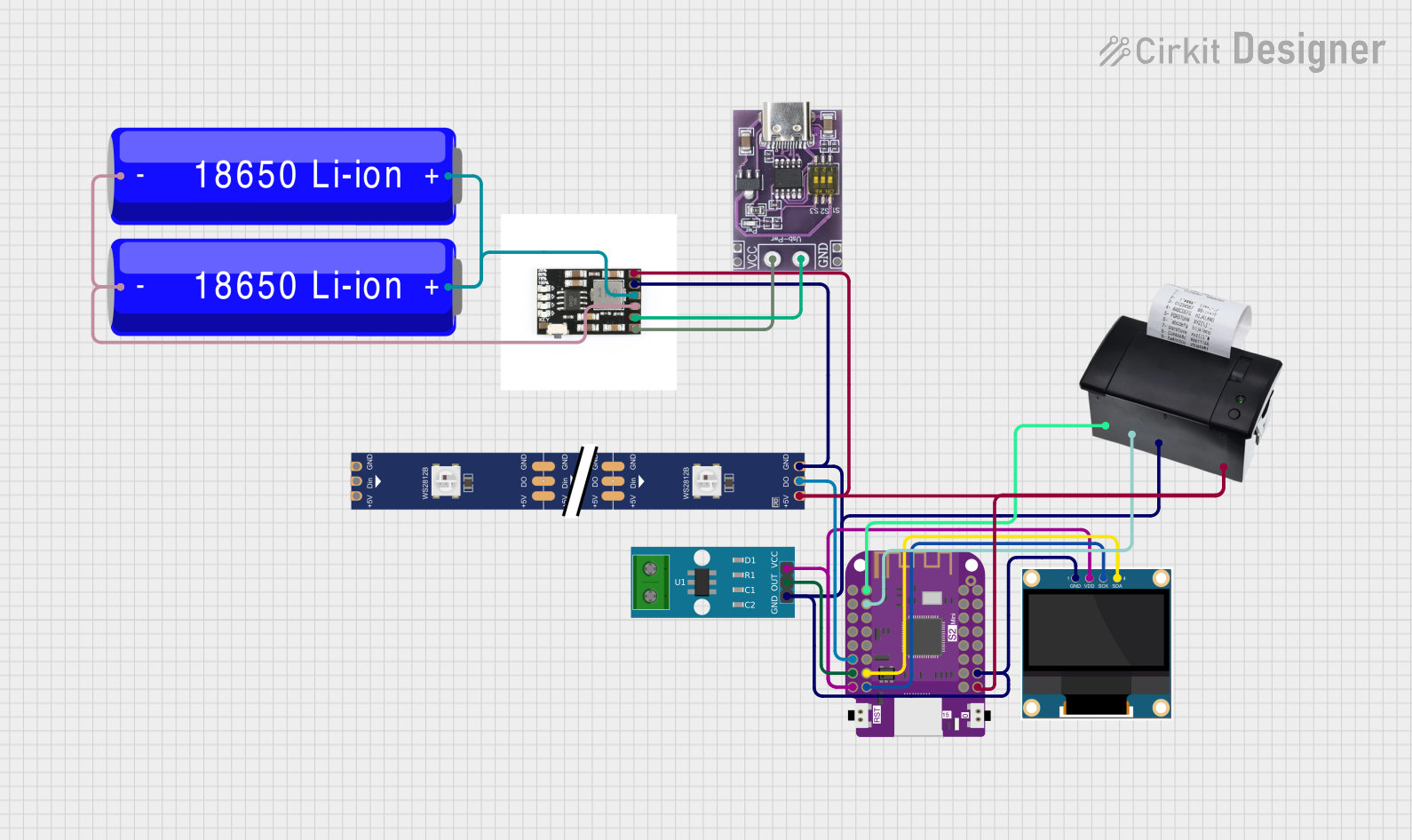
 Open Project in Cirkit Designer
Open Project in Cirkit Designer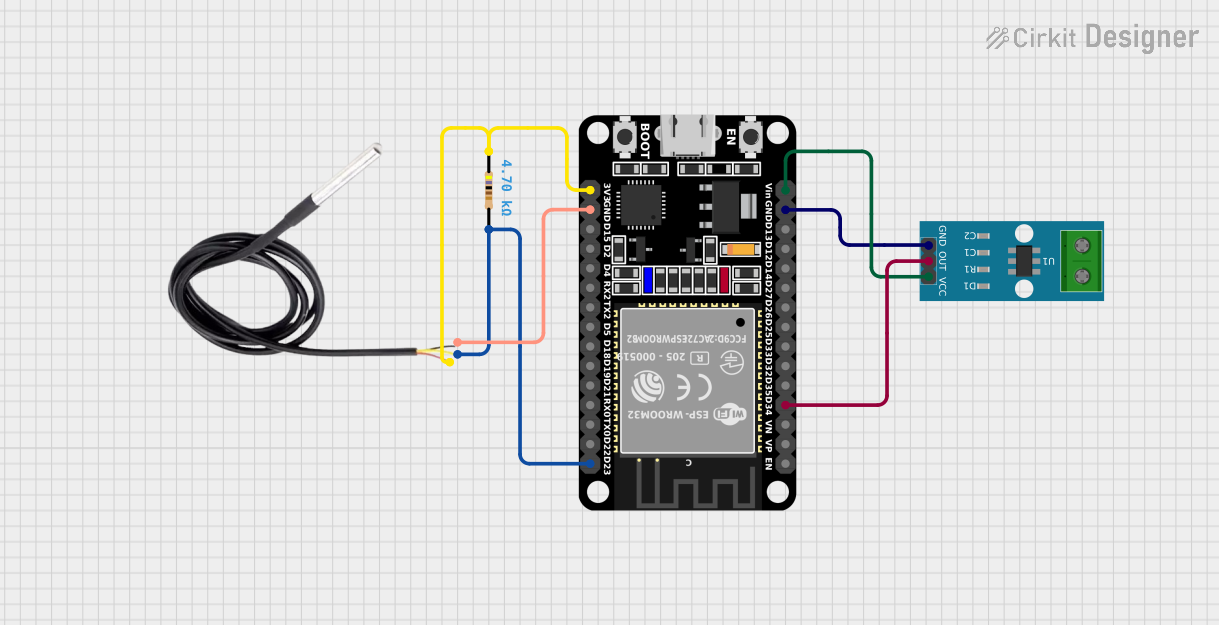
 Open Project in Cirkit Designer
Open Project in Cirkit Designer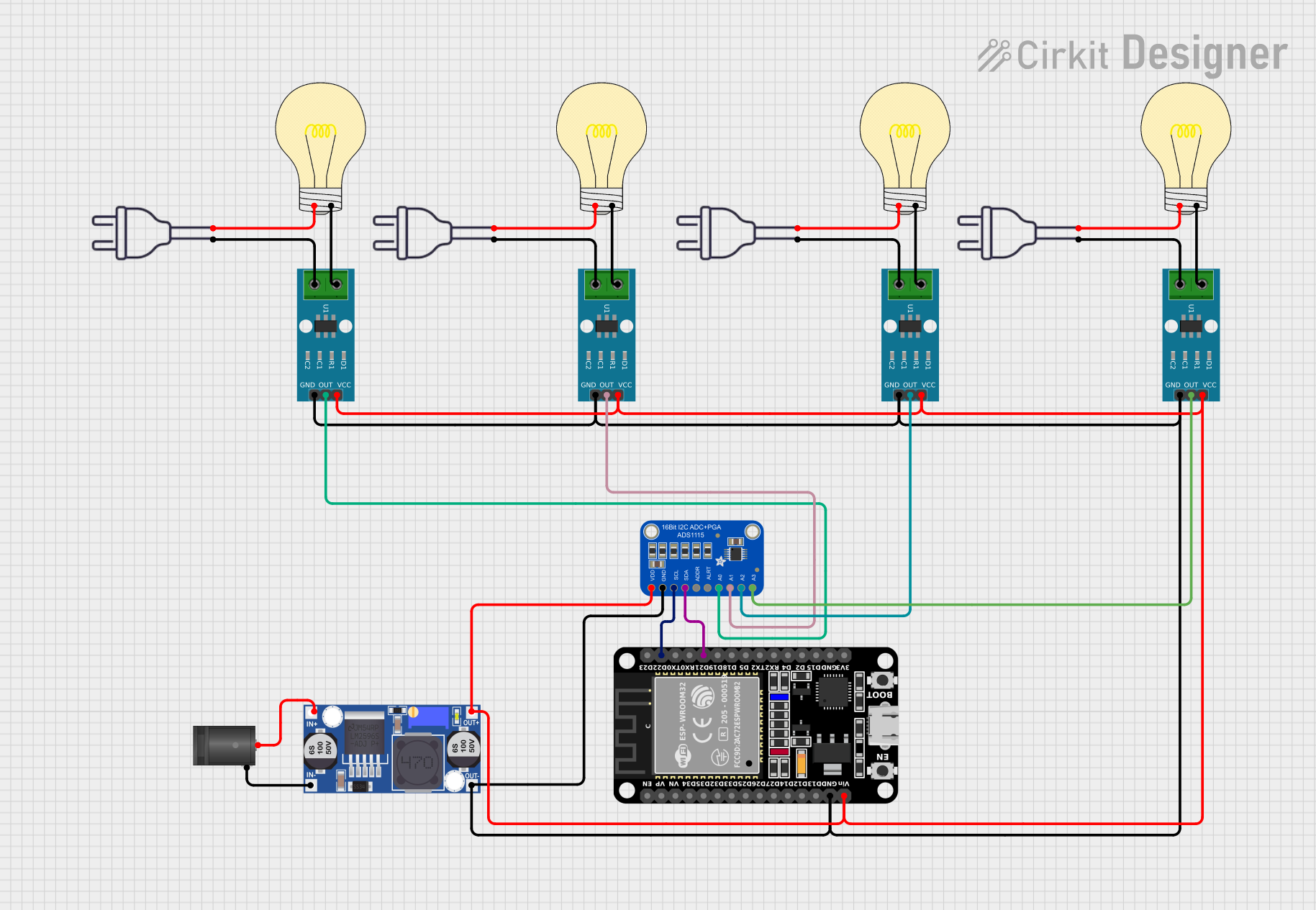
 Open Project in Cirkit Designer
Open Project in Cirkit Designer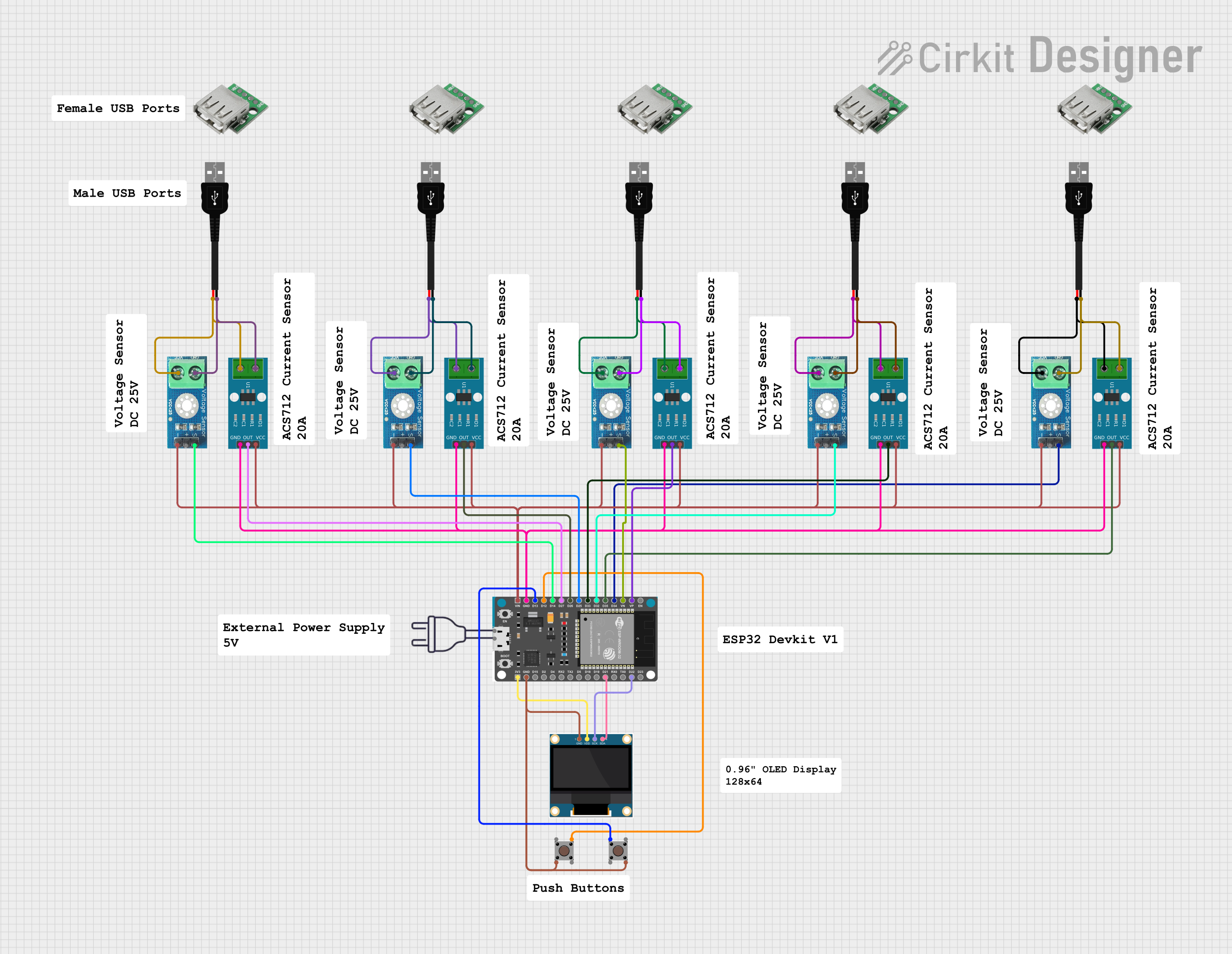
 Open Project in Cirkit Designer
Open Project in Cirkit DesignerExplore Projects Built with Current Sensor 0-30A ACS712

 Open Project in Cirkit Designer
Open Project in Cirkit Designer
 Open Project in Cirkit Designer
Open Project in Cirkit Designer
 Open Project in Cirkit Designer
Open Project in Cirkit Designer
 Open Project in Cirkit Designer
Open Project in Cirkit DesignerCommon Applications:
- Power consumption monitoring in appliances
- Overcurrent detection in circuits
- Battery charge and discharge monitoring
- Motor current sensing in robotics
- Renewable energy systems (e.g., solar inverters)
Technical Specifications
Below are the key technical details of the ACS712 0-30A current sensor:
| Parameter | Value |
|---|---|
| Supply Voltage (Vcc) | 4.5V to 5.5V |
| Measurement Range | ±30A |
| Sensitivity | 66mV/A |
| Output Voltage Range | 0.5V to 4.5V |
| Zero Current Output | ~2.5V |
| Response Time | 5 µs |
| Bandwidth | 80 kHz |
| Operating Temperature | -40°C to +85°C |
Pin Configuration
The ACS712 module typically has three pins for connection:
| Pin | Name | Description |
|---|---|---|
| 1 | VCC | Power supply input (4.5V to 5.5V) |
| 2 | OUT | Analog voltage output proportional to the current being measured |
| 3 | GND | Ground connection |
Usage Instructions
How to Use the ACS712 in a Circuit
- Power the Sensor: Connect the VCC pin to a 5V power supply and the GND pin to the ground of your circuit.
- Connect the Load: Pass the current-carrying wire through the sensor's onboard current path (IP+ and IP- terminals). Ensure the current does not exceed ±30A.
- Read the Output: Connect the OUT pin to an analog input pin of a microcontroller (e.g., Arduino) to read the voltage output. The output voltage is proportional to the current flowing through the sensor.
Important Considerations:
- Calibration: The sensor's output voltage at zero current is approximately 2.5V. You may need to calibrate your system to account for small offsets.
- Noise Filtering: Add a capacitor (e.g., 0.1 µF) between the OUT pin and GND to reduce noise in the output signal.
- Current Direction: Positive current flows from IP+ to IP-, while negative current flows in the opposite direction.
- Avoid Overcurrent: Ensure the current through the sensor does not exceed ±30A to prevent damage.
Example Code for Arduino UNO
The following code demonstrates how to use the ACS712 with an Arduino UNO to measure current:
// Include necessary libraries (if any)
// Define the analog pin connected to the ACS712 OUT pin
const int sensorPin = A0;
// Define the sensitivity of the ACS712 (66mV/A for 30A version)
const float sensitivity = 0.066; // Sensitivity in V/A
// Define the zero-current output voltage (2.5V for ACS712)
const float zeroCurrentVoltage = 2.5;
void setup() {
Serial.begin(9600); // Initialize serial communication
}
void loop() {
// Read the analog value from the sensor
int sensorValue = analogRead(sensorPin);
// Convert the analog value to voltage (5V reference, 10-bit ADC)
float sensorVoltage = sensorValue * (5.0 / 1023.0);
// Calculate the current in Amperes
float current = (sensorVoltage - zeroCurrentVoltage) / sensitivity;
// Print the current value to the Serial Monitor
Serial.print("Current: ");
Serial.print(current);
Serial.println(" A");
delay(1000); // Wait for 1 second before the next reading
}
Notes:
- Ensure the Arduino's analog reference voltage is stable for accurate readings.
- Use proper wiring and connectors to handle high currents safely.
Troubleshooting and FAQs
Common Issues and Solutions:
No Output or Incorrect Readings:
- Verify that the VCC and GND pins are properly connected to a 5V power supply.
- Check the wiring of the current-carrying conductor through the sensor.
High Noise in Output:
- Add a decoupling capacitor (e.g., 0.1 µF) between the OUT pin and GND.
- Use shielded cables for the current-carrying conductor to reduce electromagnetic interference.
Output Voltage Stuck at 2.5V:
- Ensure there is current flowing through the sensor. If not, the output will remain at the zero-current voltage (2.5V).
Overheating of the Sensor:
- Check if the current exceeds the sensor's maximum rating of ±30A. Reduce the load if necessary.
FAQs:
Q1: Can the ACS712 measure both AC and DC currents?
Yes, the ACS712 can measure both AC and DC currents. The output voltage will vary proportionally with the instantaneous current.
Q2: How do I calculate the current from the sensor's output voltage?
Use the formula:Current (A) = (Output Voltage - Zero Current Voltage) / Sensitivity
For the 30A version, the sensitivity is 66mV/A, and the zero-current voltage is approximately 2.5V.
Q3: Can I use the ACS712 with a 3.3V microcontroller?
Yes, but ensure the sensor is powered with 5V, and use a voltage divider or level shifter to scale the output voltage to the 3.3V range.
Q4: What is the maximum current the ACS712 can handle?
The ACS712 30A version can measure currents up to ±30A. Exceeding this limit may damage the sensor.
By following this documentation, you can effectively integrate the ACS712 current sensor into your projects for accurate current measurement and monitoring.